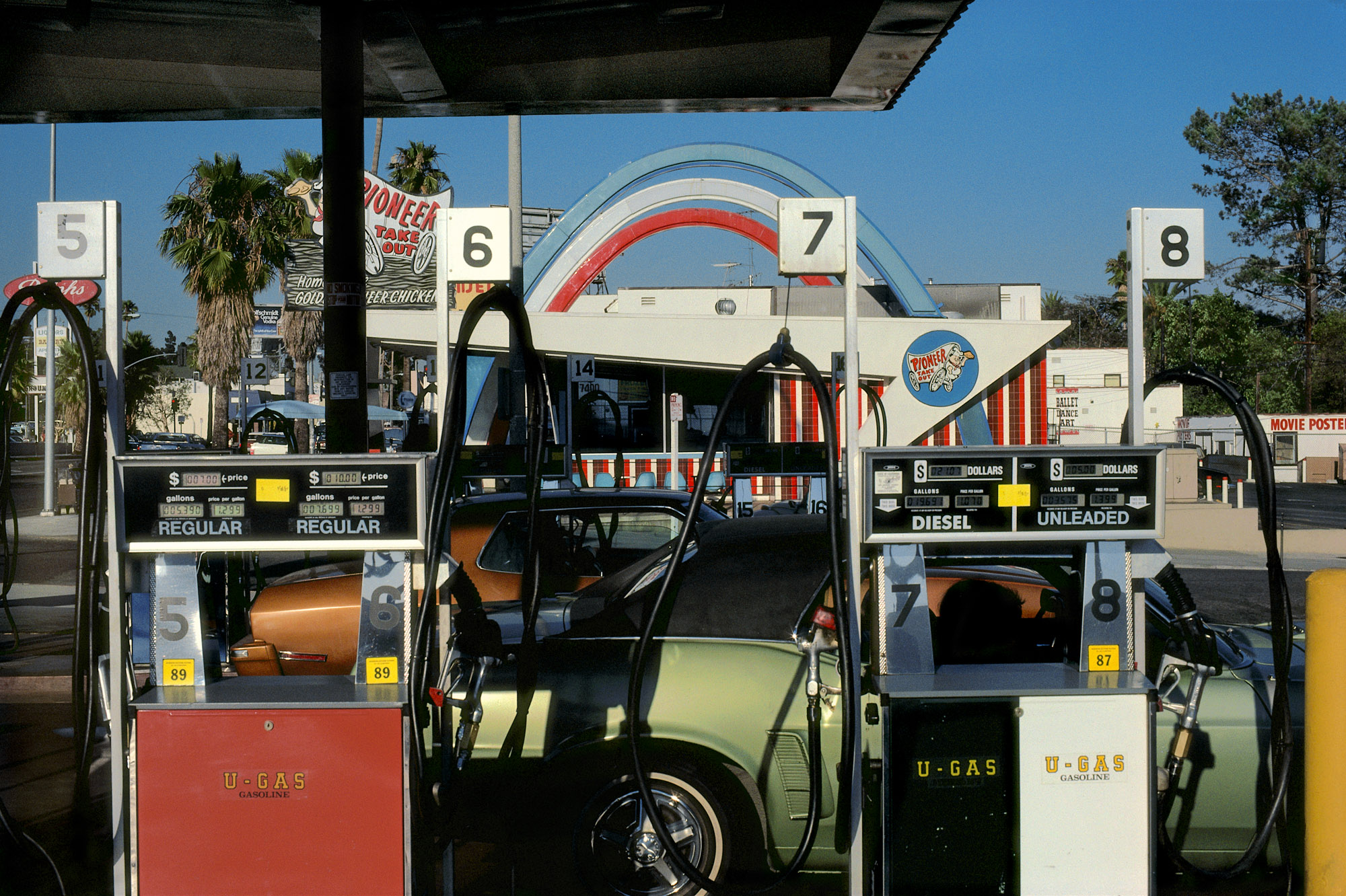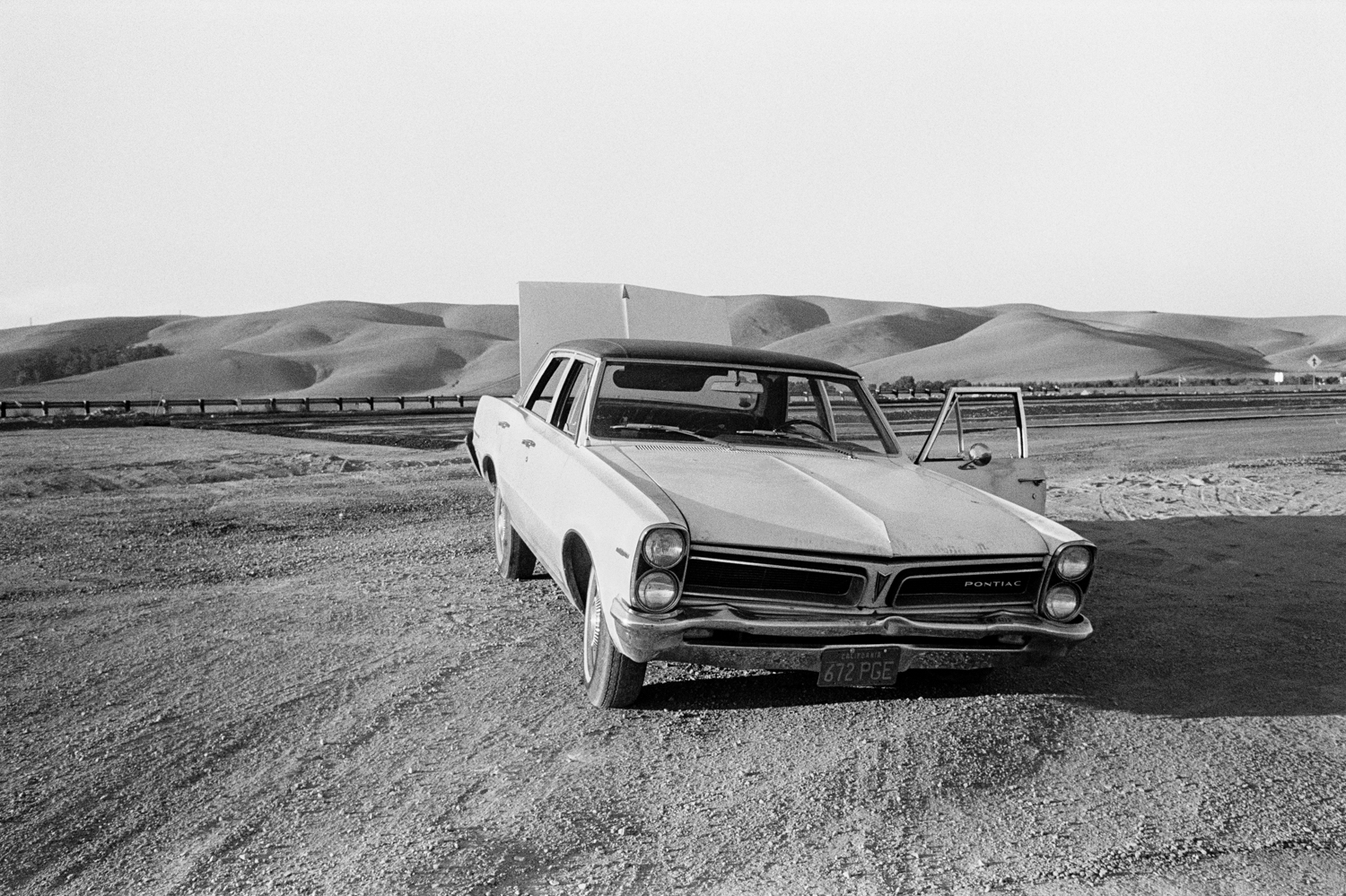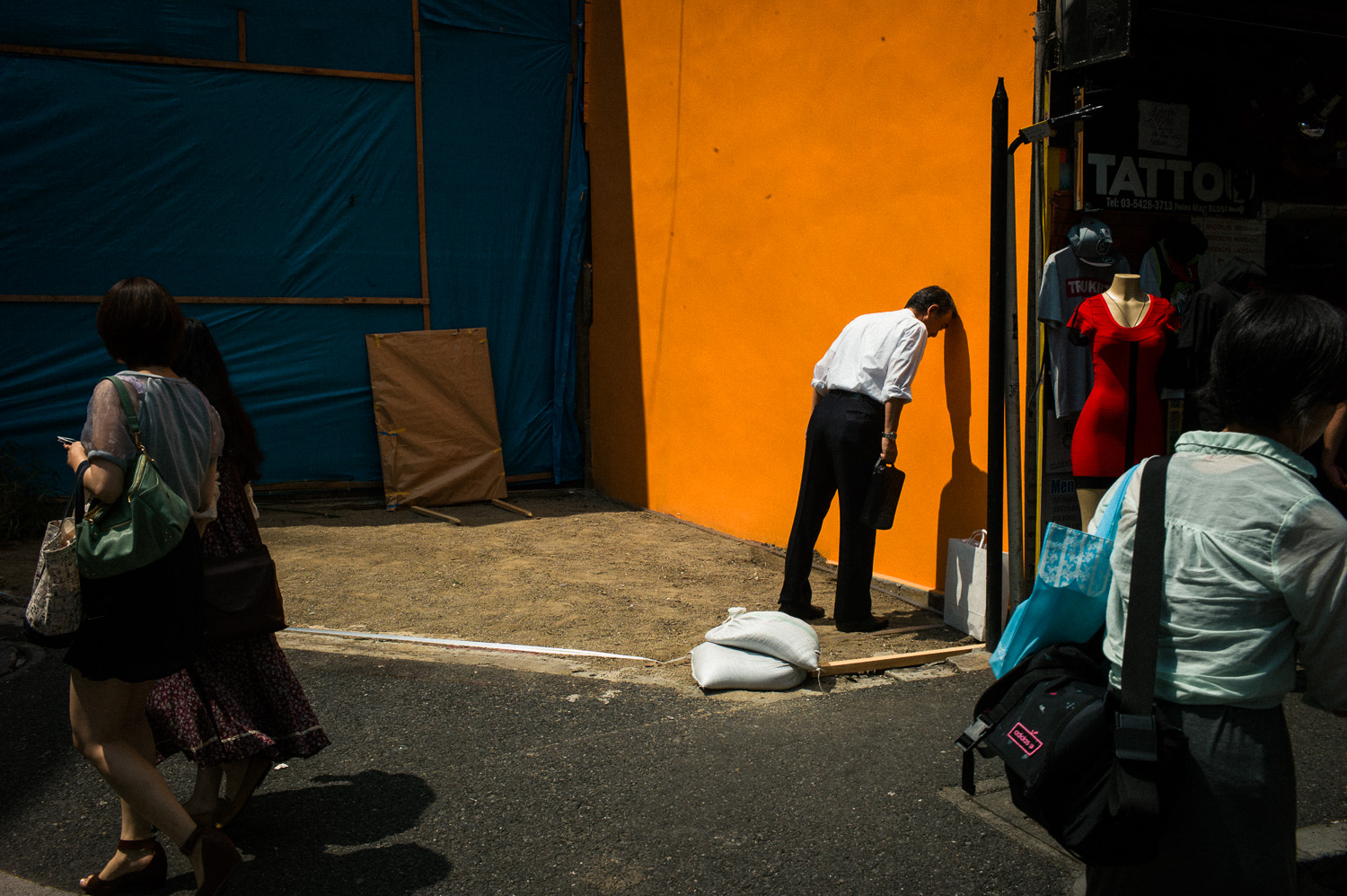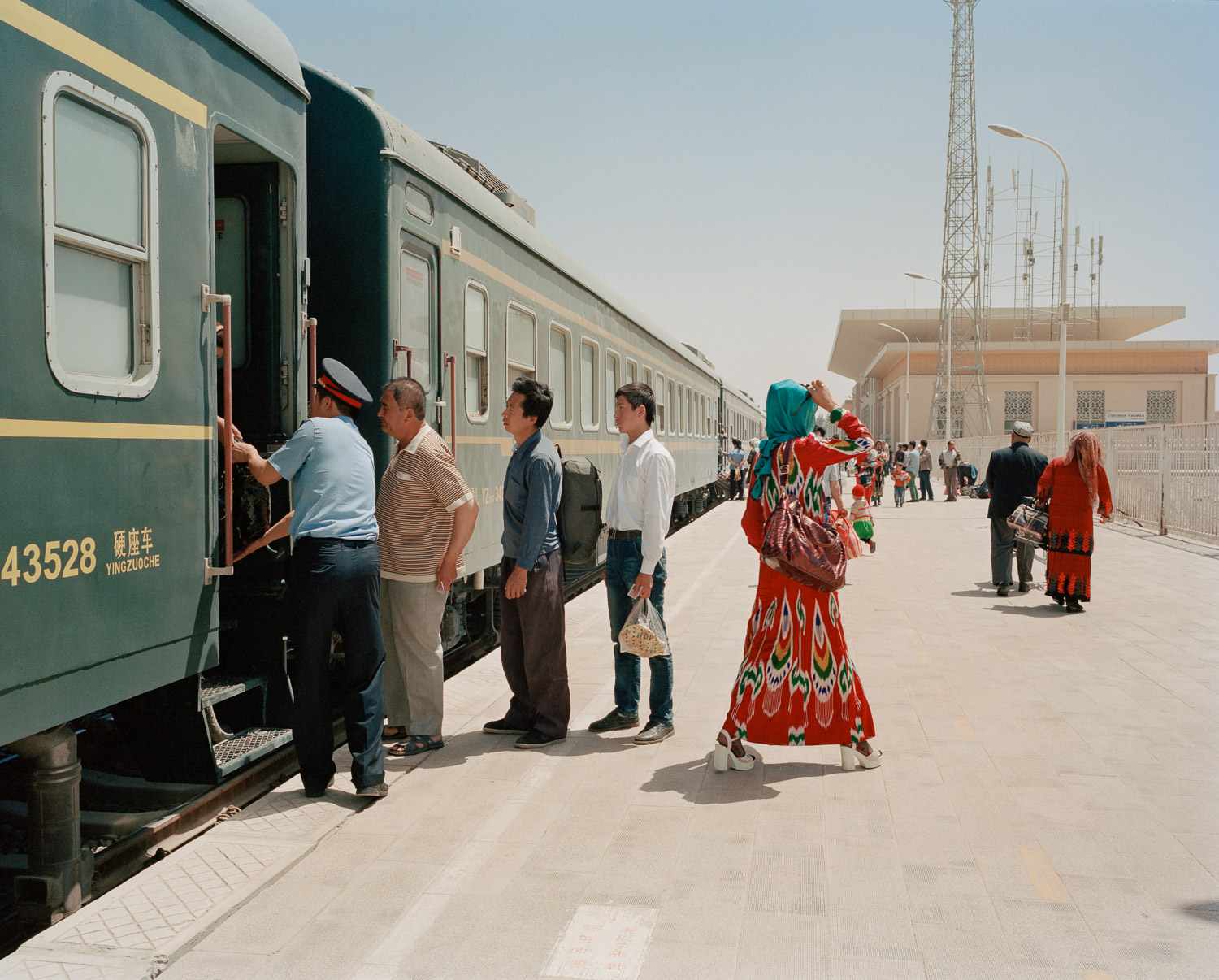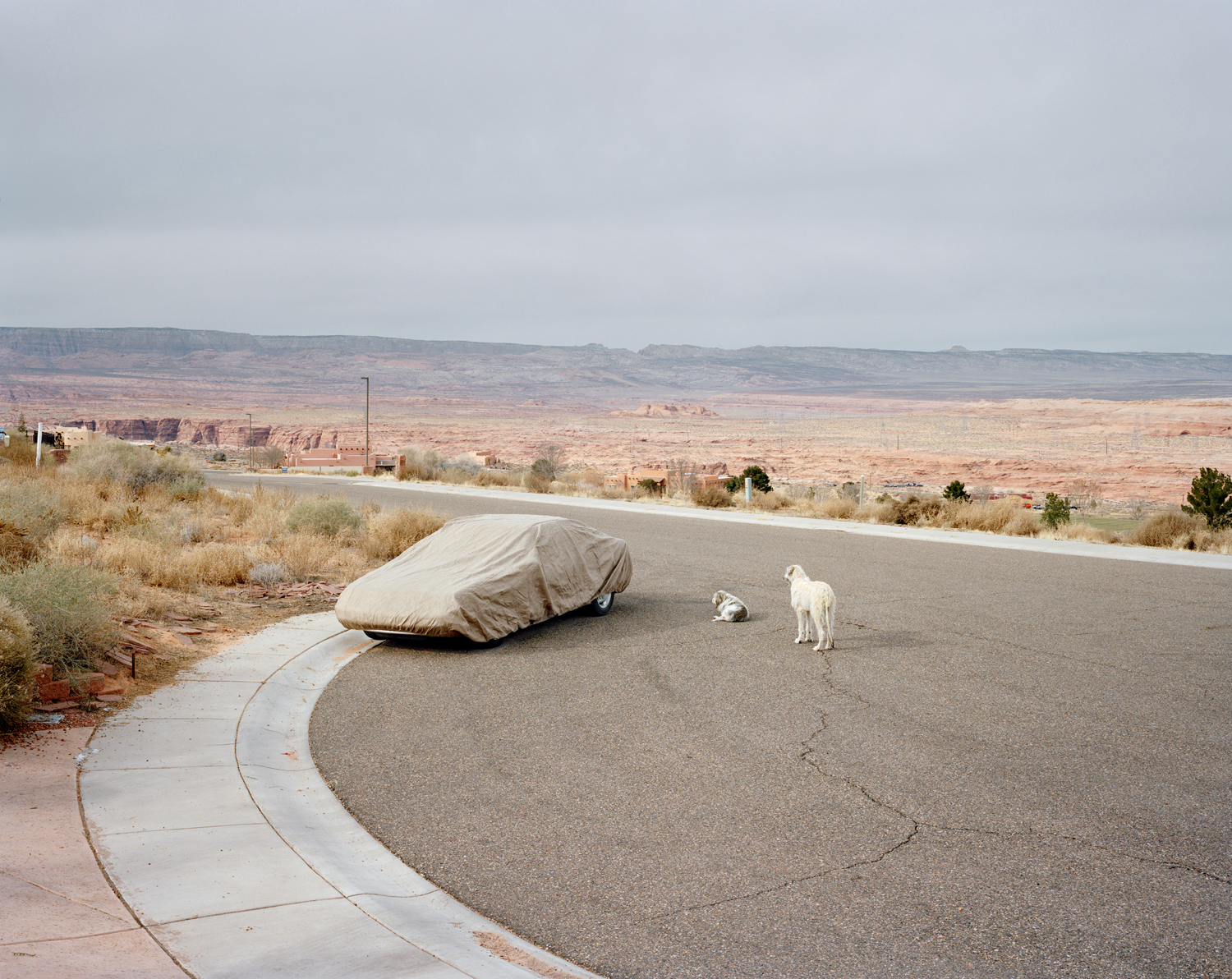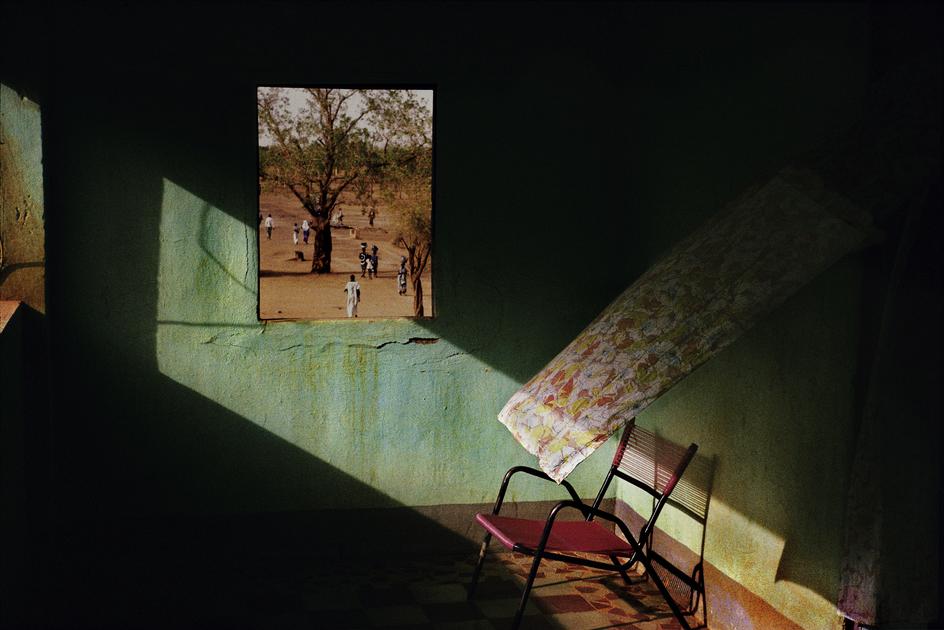
Born in 1941, Harry Gruyaert studied photography and cinema. He directed several films for Belgian television before starting to take colour photography. A country he left in the early 1960s to settle in Paris. He made the French capital his departure point for the United States, India, Egypt, Japan and Morocco, countries where he travelled particularly well. In 1982, he joined the Magnum agency. His photographs, particularly known for their colours, lights and atmospheres, are the subject of numerous exhibitions around the world and works such as TV Shots, Made in Belgium, Roots, Rivages and Morocco. During the Rencontres Photographiques d’ Arles 2017, he released his new book « East-West » published by Textuel Editions.
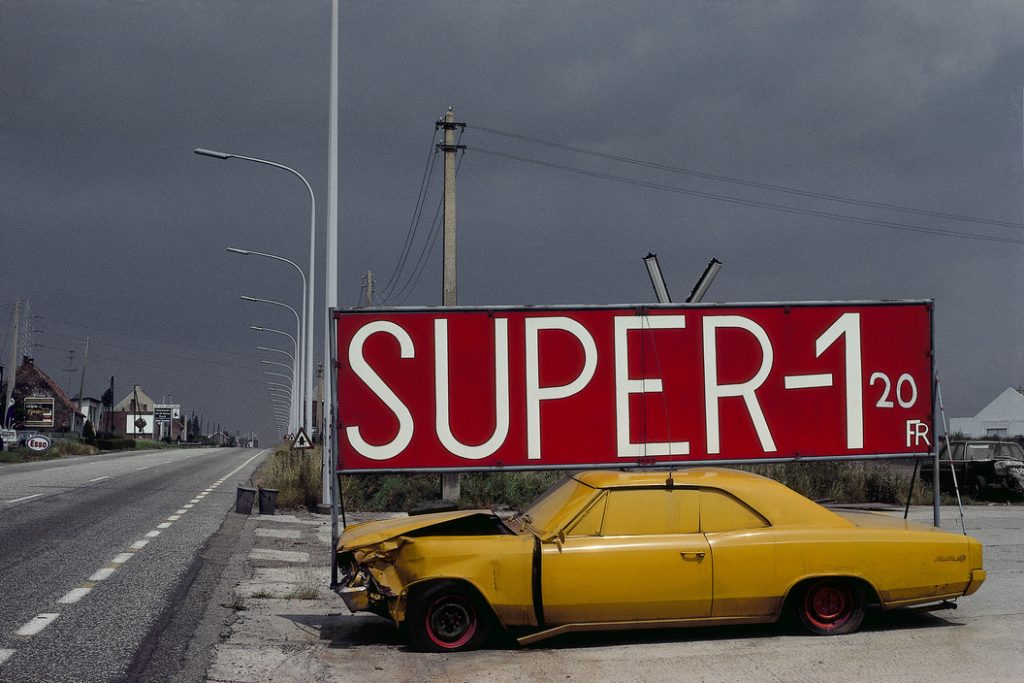
This book was born from two different commissions made in the 1980s. « Geo Germany » had launched an American edition to compete with National Geographic. I then submitted a subject on Las Vegas during daylight. I was interested in the sharpness and the harsh light of the area. I will stay there for two weeks but unfortunately, the subject will never be published because the American version of Geo will stop. It’s a shame because it would have offered National Geographic a great competition. From this story, only four or five images will be published in various magazines.
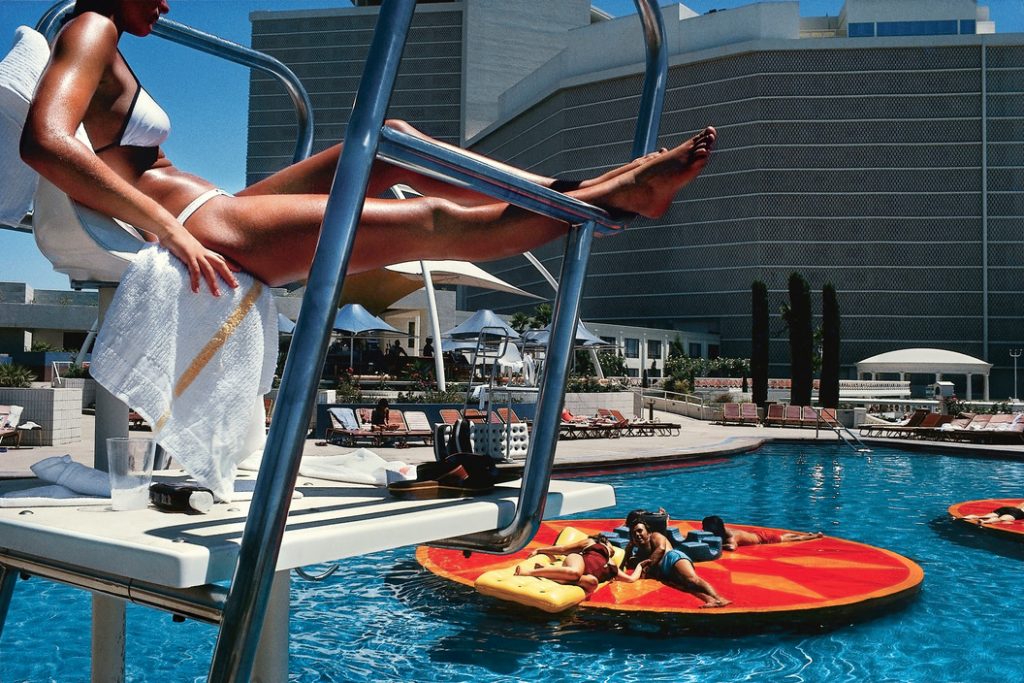
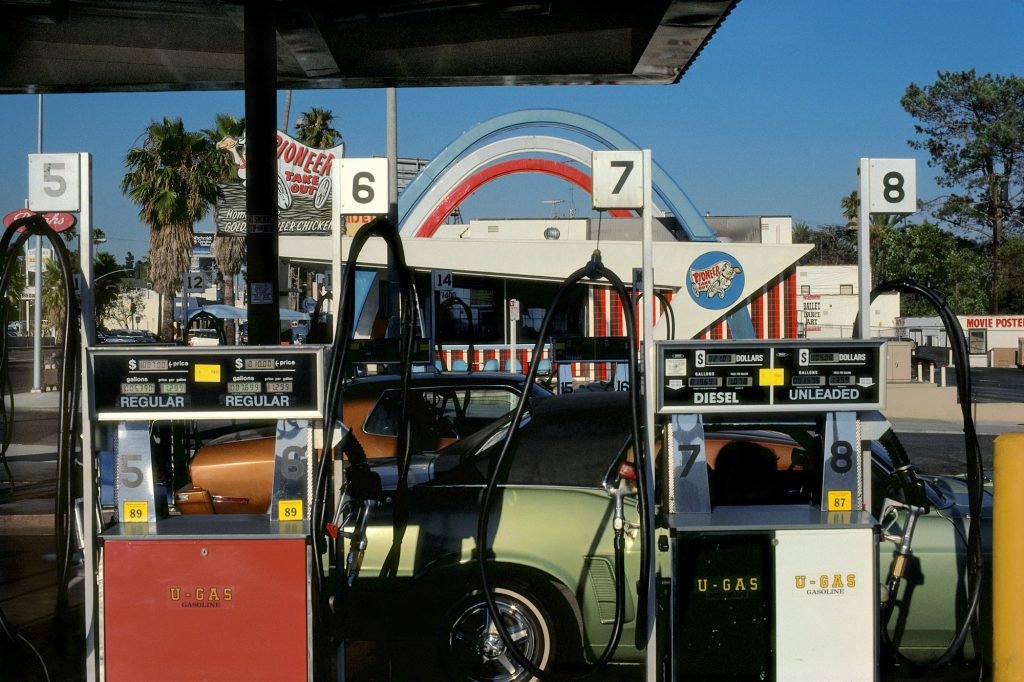
Then in 1989, a commission including ten other photographers brought me to Moscow City. I was there with Joseph Koudelka. It was his first trip to the east part of Europe since the fall of the Iron Curtain. It was an interesting time. The public did not exactly know what to think about this new political situation. He was open and everyone was talking a lot. For a photographer, it was also easier to work than today. Security was not that present.
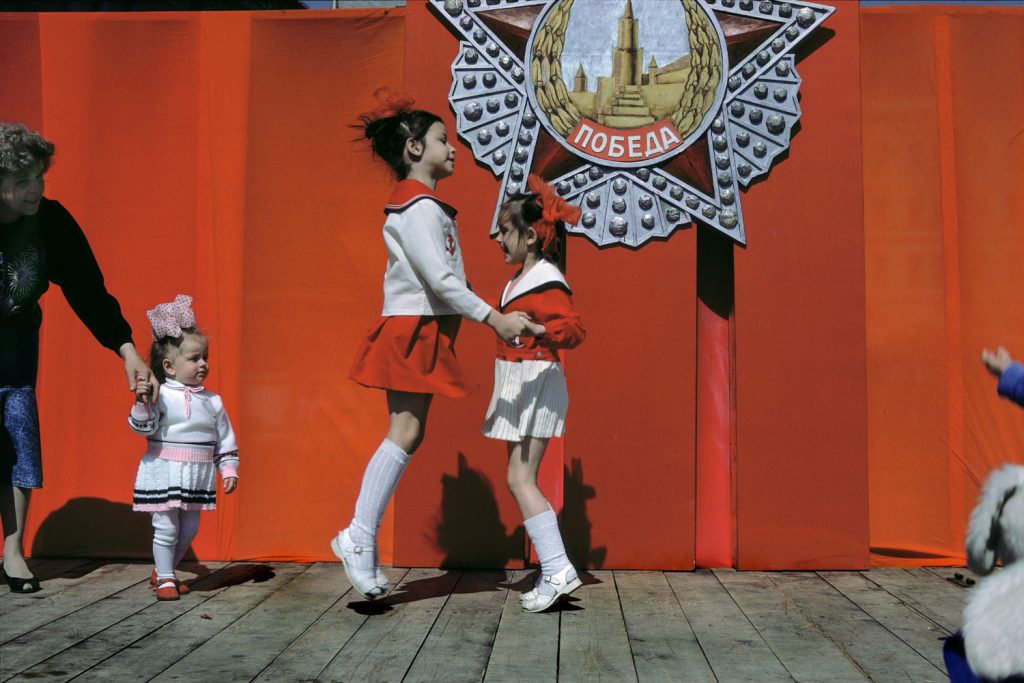
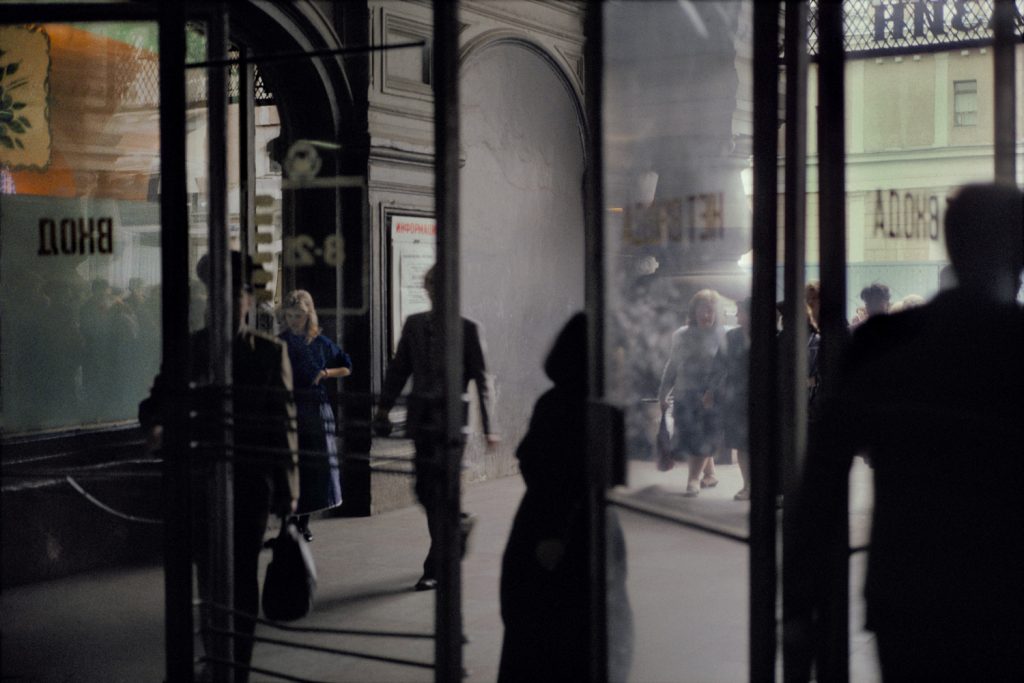
The photobook East West allows me today to publish many pictures taken from these two trips. It’s interesting to go back over these archives and review these photographs. Technically, the digitalisation of Kodachrome scans offers greater possibilities and allows for better printing. At the time, for example, it was difficult to bring back the details in the shadows. Today it’s much easier. I also spend more time on processing some of my photos because the options are more important. A raw file is often too flat. It is necessary to process it. The advantage is also that the same file can be used for both print and publication in a book.
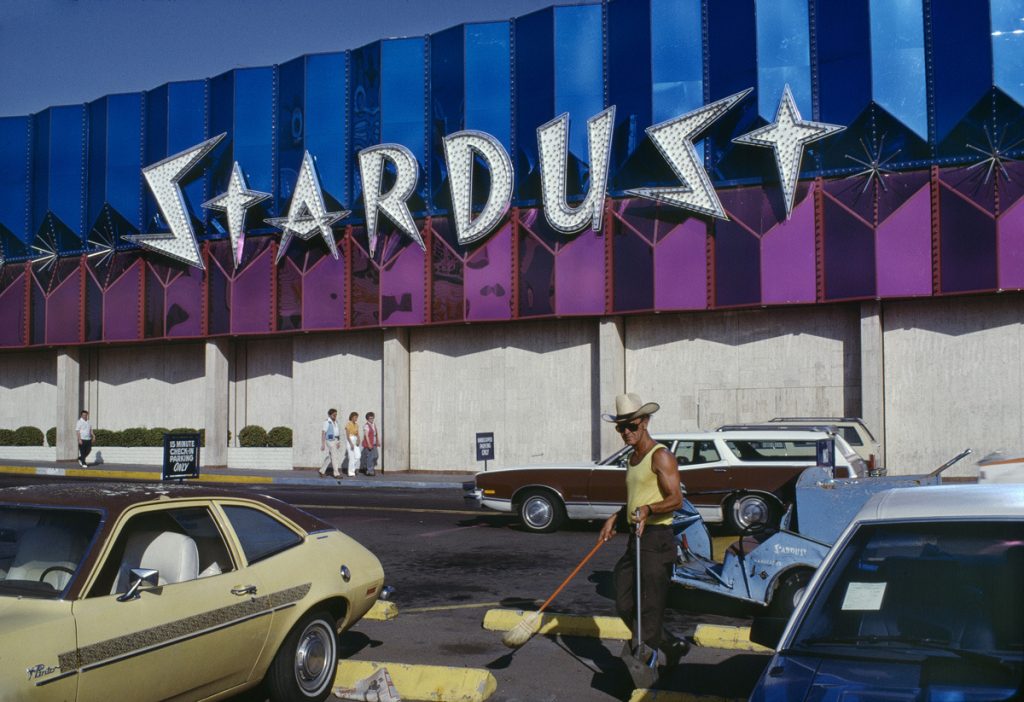
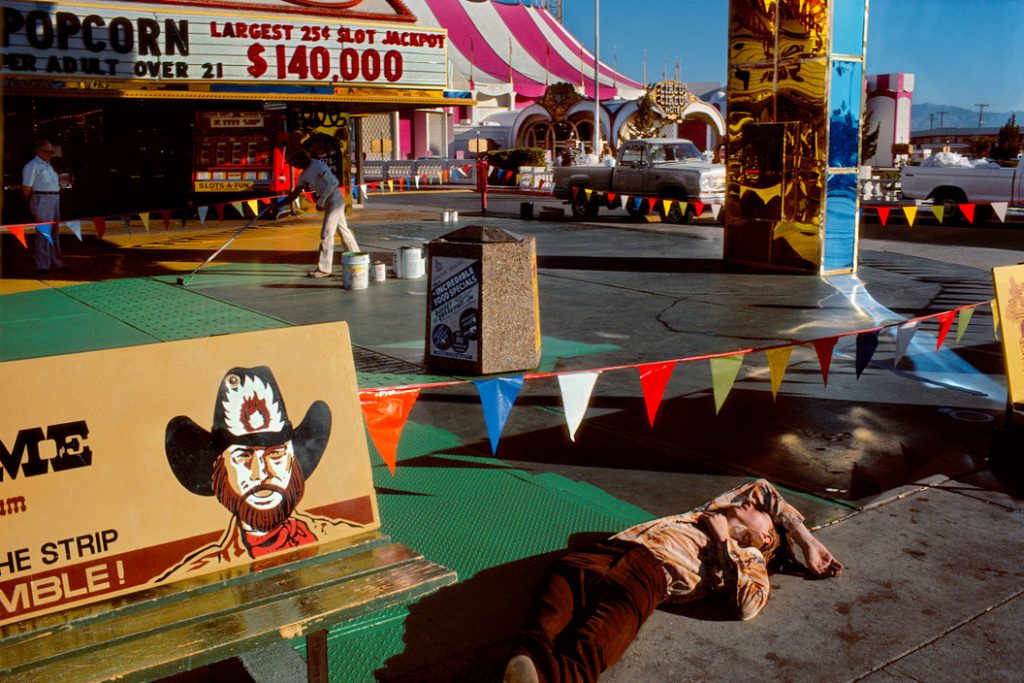
For this book, I worked with Agnes Dahan with whom I have already made three books. Usually, I don’t like double-page photographs when the fold cuts the image in half. But in East-West, the thickness of the book is less thick, the pages open well and allow us to appreciate the image on two pages. Concerning the editing of the photographs, I first made a first selection. We then worked on the colours and framing of the photographs and organized the final selection to trace the history of these two subjects.
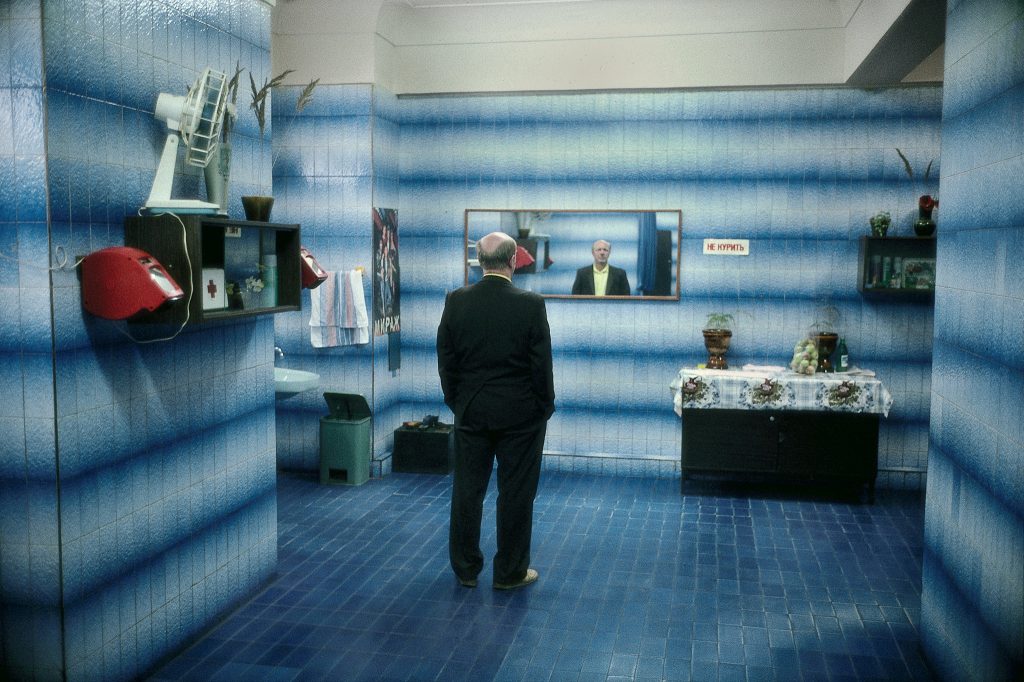
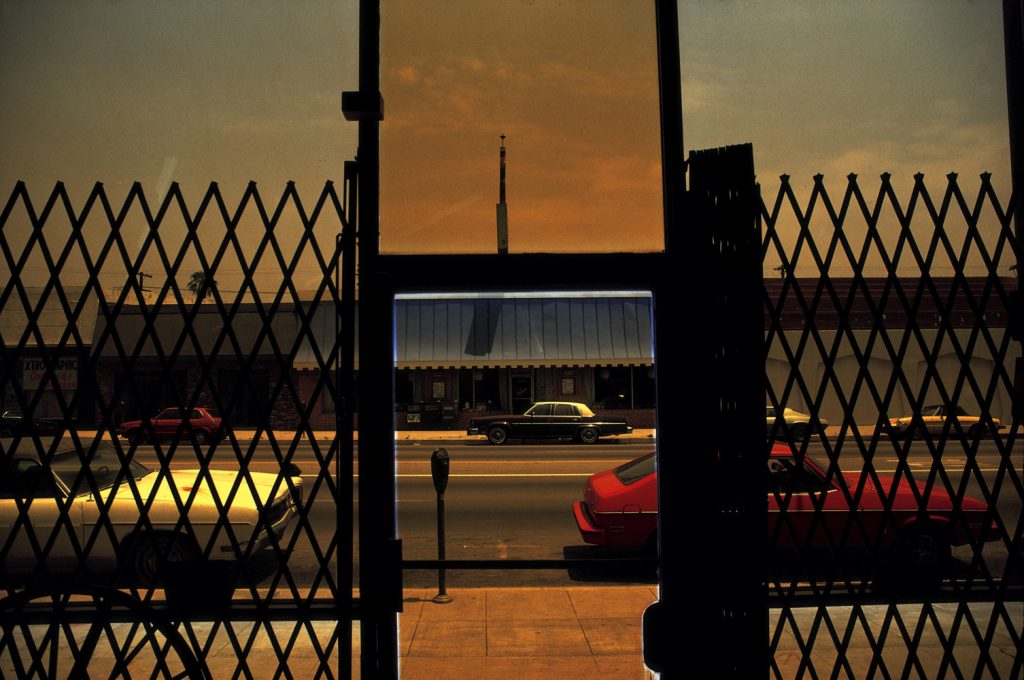
It was in Belgium that I started to photograph in colour. I had a very complicated relationship with Belgium. There was nothing there. I left her in 1962 to move to Paris. I distanced myself from the country but I knew it was visually interesting. I used to travel to Belgium regularly to photograph it. At the time, I was working at b&w. Then I started to see some colours that I was interested in. It was like seeing a form of beauty in the ugliness. Then in 1969, I discovered pop art. This movement will teach me how to look at vulgarity with some interest and sometimes some humour. I found this in Belgium. I then started to work in colour and gave up black and white. This work will be the subject of a book, Roots, which is difficult to find today.
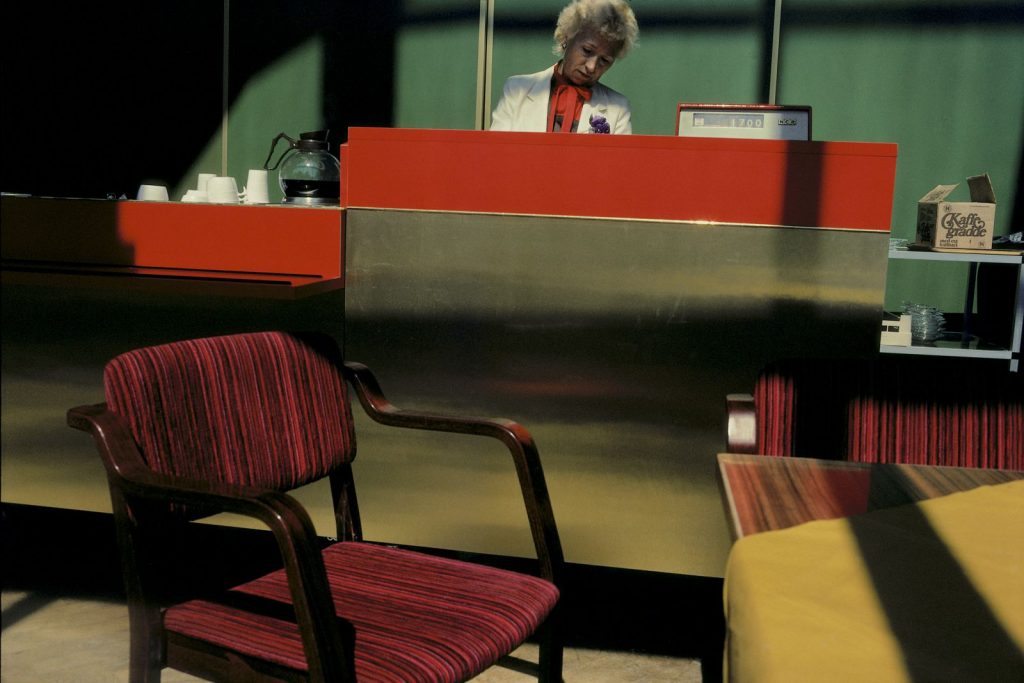
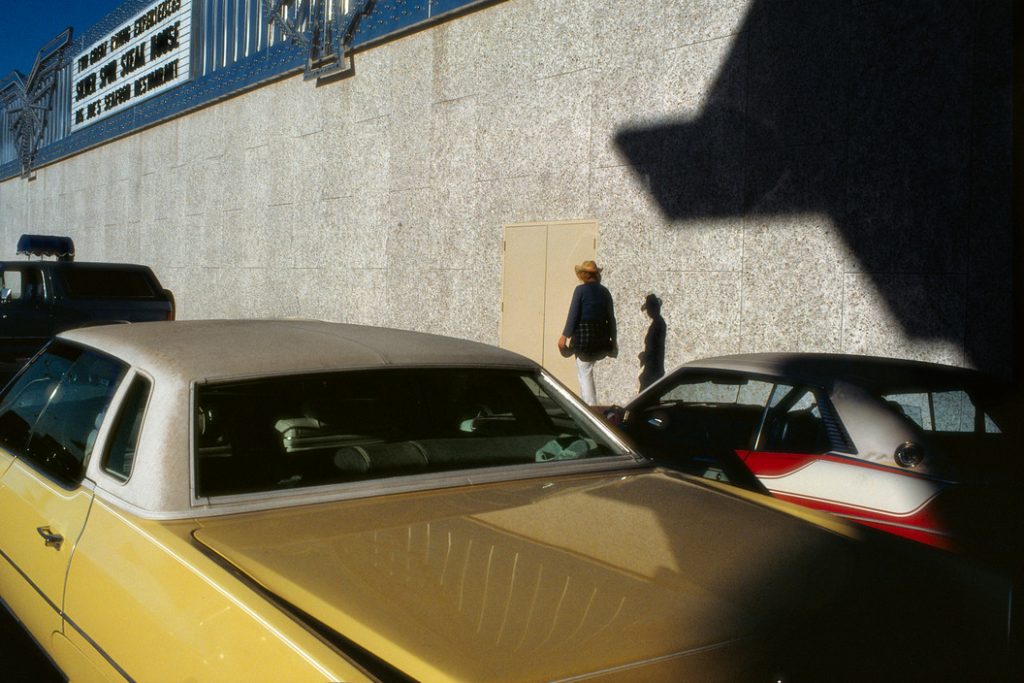
I never liked the concept of a photographic project. I prefer to let myself be physically attracted by things. For example, I fell in love with Morocco. I went back there as far as I could to travel and discover it. I was roaming the country. I then built a book from these photos. I also photographed Egypt a lot. It is the same as Morocco. It was first, an attraction for this country, its lights, its colours, its people that make me travel it.
« I put on the same plane human beings, animals, the forces of nature, the lights… all the power and beauty of our world. »
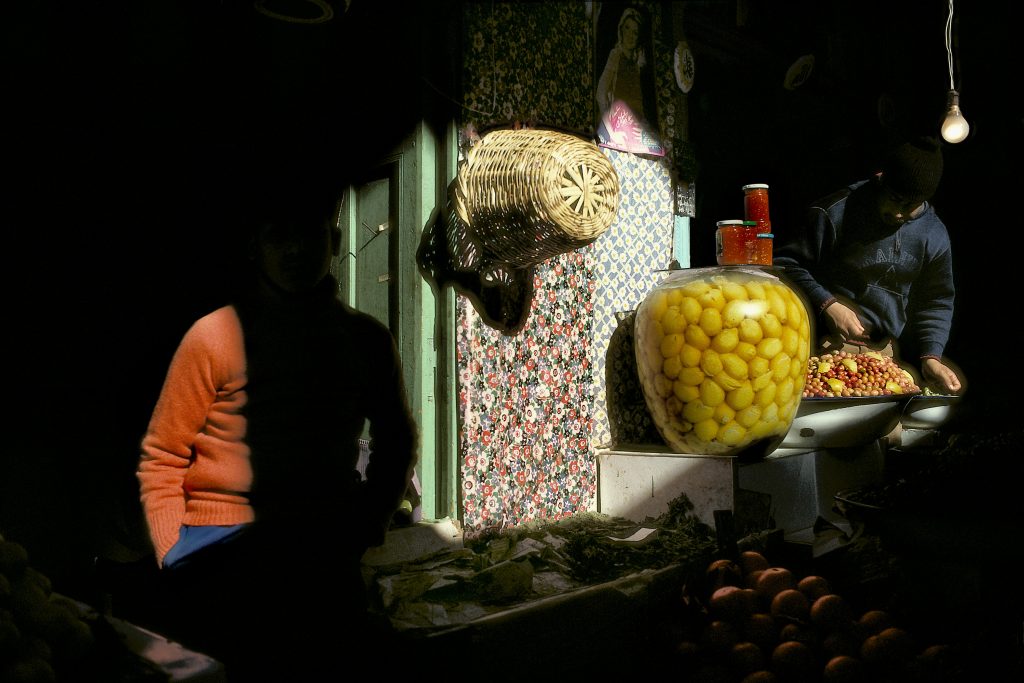
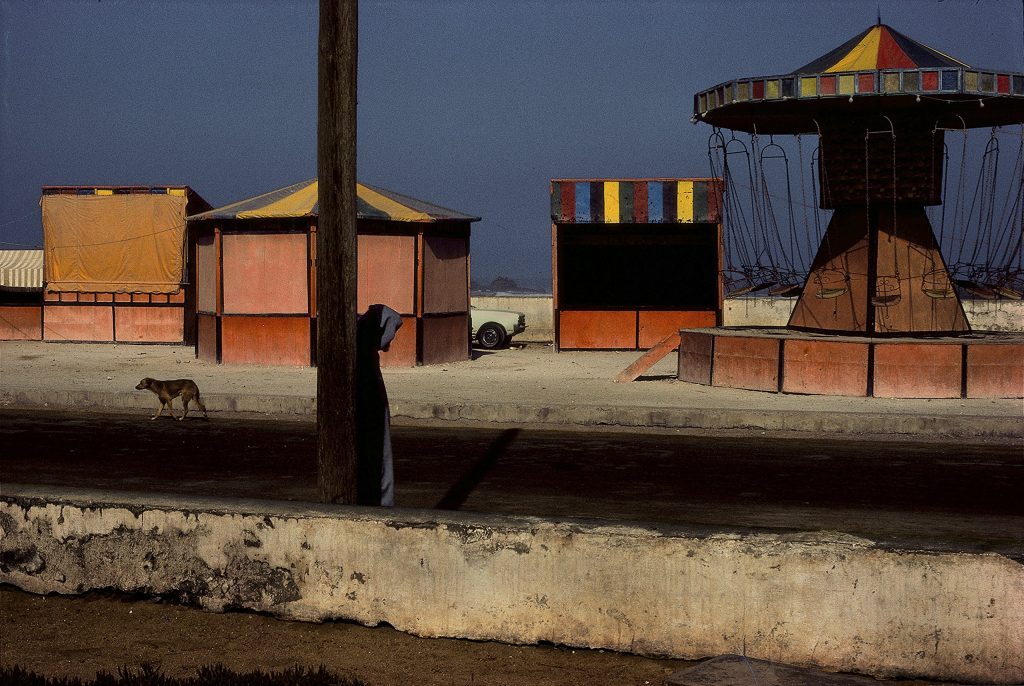
I don’t see myself as a humanist photographer. I photograph people but they are not in the foreground of my photography. It’s a set of elements. It is like a philosophical will where I put on the same plane human beings, animals, the forces of nature, the lights… all the power and beauty of our world.

Conversations with Kalel Koven & Jerome Lorieau
Links: Harry Gruyaert – Magnum

